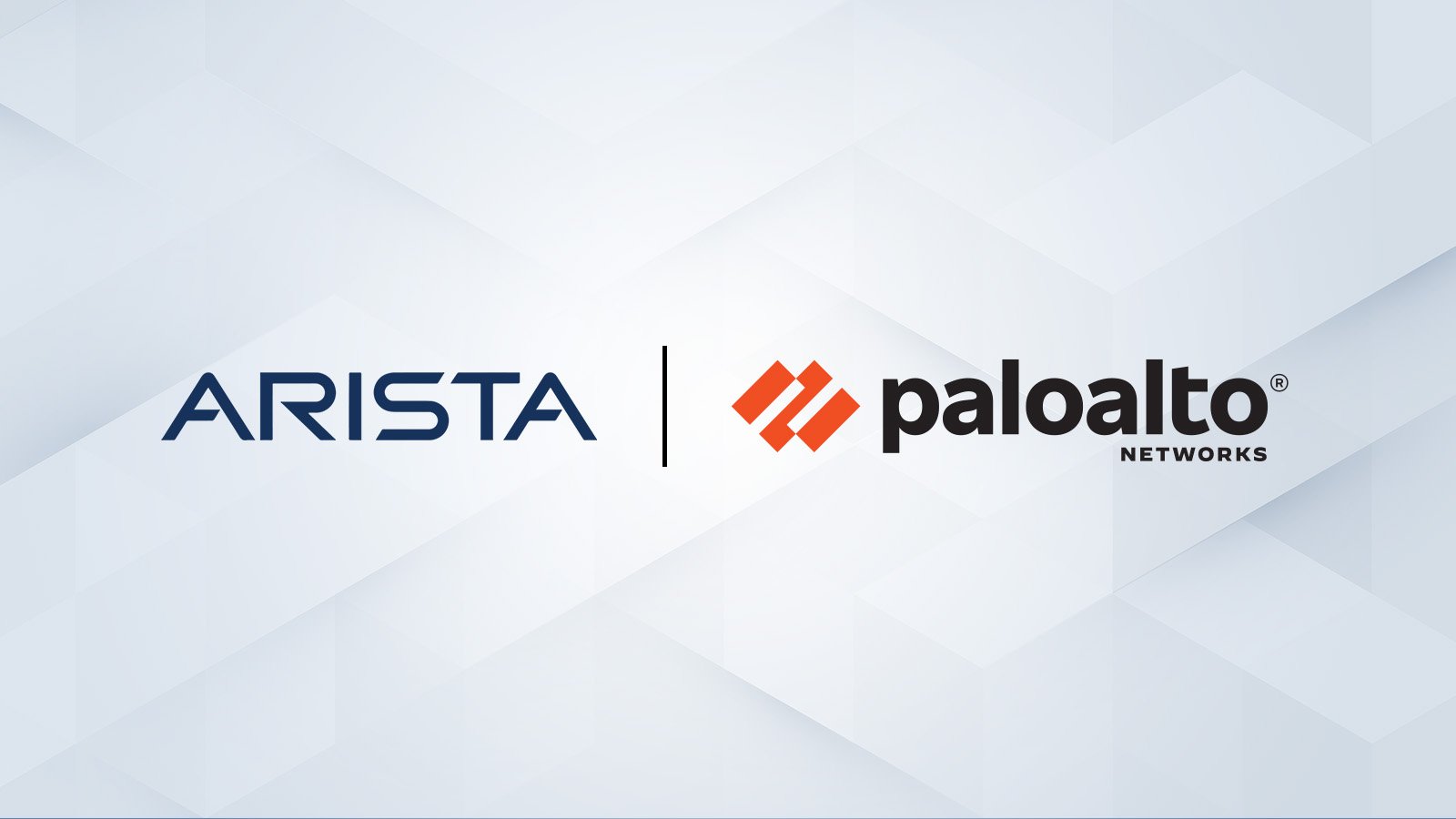Delivering Reliable AI and Cloud Networking
The explosive growth of generative AI and the demands of massive-scale cloud architectures have fundamentally redefined data center networking...

As I ponder upon the many assertions I have made in my blogs in the past year, I know the reality of my assertions is much more pertinent! So lets take a walk down the 2010 memory lane to judge how I really fared with my 2010 predictions.
Prediction #1: The rise in cloud computing and virtualization is pushing the scale of cloud networking in public and private clouds.
Evaluation #1: Half true. Private Clouds based on 1/10GbE have taken off. Public Clouds, though challenged in scale, remain mostly at 1GbE in the access and 10GbE in the spine and are migrating slowly to larger scales.
While several dimensions of networking have grown simultaneously, including the number of connected servers, connection performance and east-west traffic patterns, public cloud deployments have remained at 1 GbE and build out has been gradual. Private clouds in HPC clusters and financial HFT have certainly taken the world by storm, with faster migration to 10GbE for low latency and high performance cluster interconnects.
Prediction #2: 2010 will be the year of 10GbE
Evaluation # 2: Half true. True for storage and HPC applications, but not mainstream for server/compute access.
The uptick of 10GbE in IP storage access (for iSCSI and NAS protocols) as well as the spine aggregation layer has been quite clear. Yet the adoption of 10GbE LOM (LAN on Mother Board) continues to be elusive. Most server vendors now predict this to be 2011-2012. I think so and hope so too!
Prediction #3: Commercially available silicon offers significant power, performance and scale advantages over traditional ASIC designs.
Evaluation #3: True. The industry is witnessing an increased adoption of commercially available silicon in modern data centers requiring wire speed, low latency and non-blocking designs.
Arista is a big fan of commercially available COT-based silicon. We find most in-house ASICS are two or three generations behind their modern silicon counterparts. Many silicon choices from suppliers, including established companies such as Broadcom, Netlogic, and Marvell, and smaller companies such as Fulcrum, PLX/Teranetics, Solarflare, and Aquantia are available today. All of these vendors are standards compliant, boast of high caliber engineers, cutting-edge verification tools and chip fabrication. In many cases, chip validation is more complete, and the geometry of these chips is smaller in footprint with lower power and time-to-market advantages.
Prediction #4: Two-tier designs are the foundation of Cloud Networking scale.
Evaluation #4: True, definitely the trend in modern clouds and data centers.
To construct such networks today with legacy switches results in a situation where each network port costs more than the server. The same network built with Arista’s two-tier designs will reduce cost by an order of magnitude.
Many customers desire to build fairly large Layer 2/3 switching networks to cope with virtual and physical machine sprawl. Others use L2 subnets in more conventional sizes of hundreds to thousands of nodes. The beauty of Arista’s Cloud Networking approach is designing sufficient L2 and L3 capabilities and forwarding entries to support either of these architectures. In large environments, core peering routers may often supplement as the third tier.
Prediction # 5: Cut-through and store-and-forward switching architectures will co-exist in the data center.
Evaluation # 5: True. Two complementary switching architectures have emerged.
A key design criterion for 10GbE switches is the balance and uniformity between adequate and large packet buffering. For low-latency high frequency trading applications, “cut-through” switching is preferred with dynamic buffering for sub-microsecond latency at wire speed. For spine and aggregation clouds using UDP and multicast, speed mismatches often occur; therefore store-and-forward switches with large packet buffers reduce packet loss and offer balanced performance.
In summary, I think its safe to say that I didn’t score perfectly in my five predictions. I would self-evaluate it at 4/5. The reality is many of my 2010 predictions are multi-year evolutions. The migration trend to 10GbE in key verticals is compelling and well underway. At Arista Networks, we are proud to be a market leader earning the #2 market share spot for fixed 10GbE rack switches in 2010.
I want to take this opportunity to sincerely thank all my readers, and 600+ customers for supporting Arista’s innovations. We wish you all happy holidays and a Happy New Year! As always, I welcome your comments at feedback@arista.com

The explosive growth of generative AI and the demands of massive-scale cloud architectures have fundamentally redefined data center networking...
/Images%20(Marketing%20Only)/Blog/VESPA-Launch-Blog.jpg)
The modern enterprise is navigating a profound transformation. The shift to the 'all wireless office' and 'coffee shop type networking', fueled by...

Data centers have evolved into highly distributed, hybrid ecosystems that span private clouds, public clouds, and colocation facilities. This...